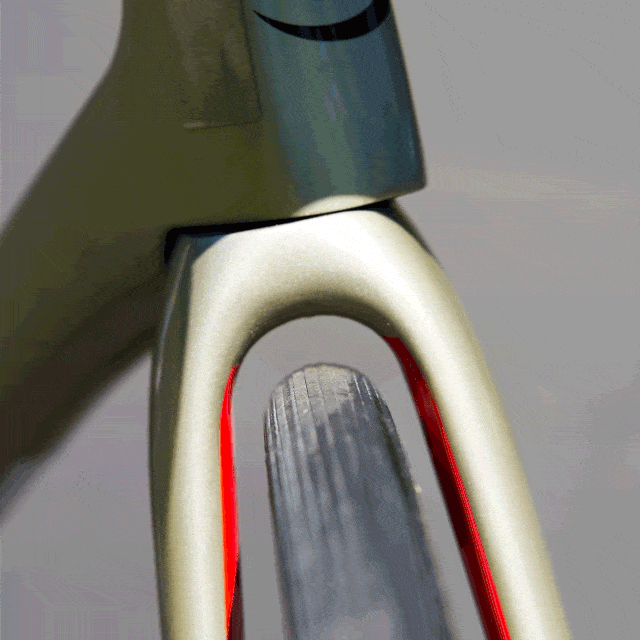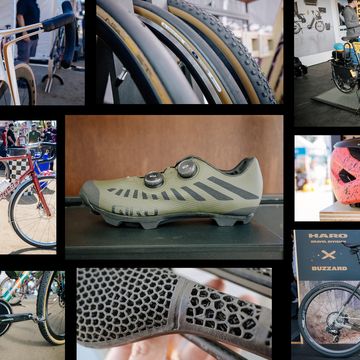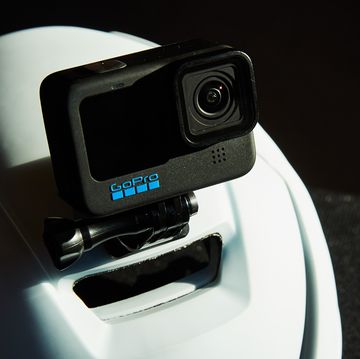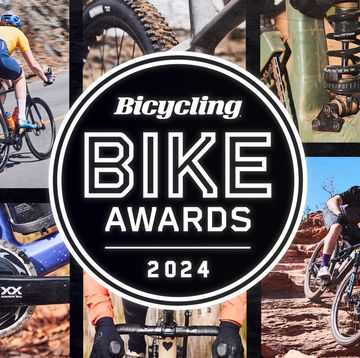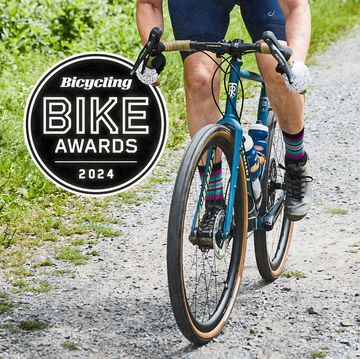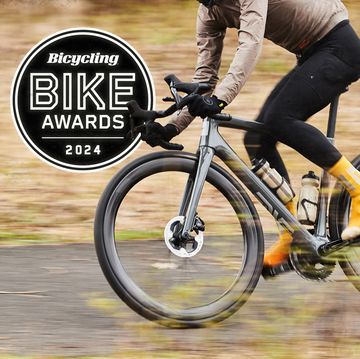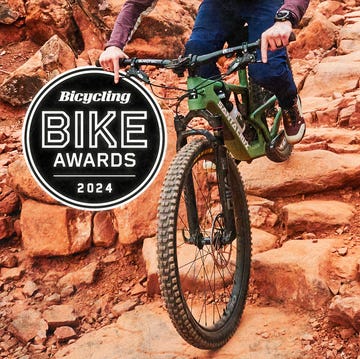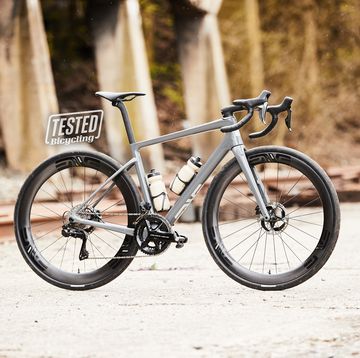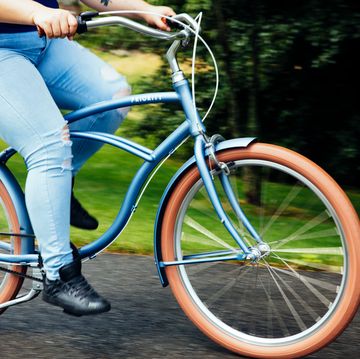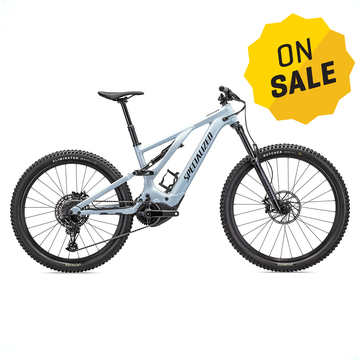Cycling equipment is often confounding. I get a lot of general questions about what’s better or faster. But these are very often difficult questions to answer. For example, one question I am often asked is, “Are wider tires faster?” This is a good question, and a relevant one given the push we’ve seen from many sides claiming that wider tires are just that.
While I’d love to give a quick and easy answer that applies to all riders, that’s not how cycling equipment works. My best answer to “Are wider tires faster?” is, “Sometimes yes, sometimes no. It depends on a whole bunch of factors.” You can copy/paste that response to any number of cycling gear topics.
“Use wider tires because they’re faster,” may be true for some riders, but definitely not all riders. I recently got a question from a reader (see below) that illustrates why I’m careful to dole out generalist answers and why you often can’t focus on just one area of equipment performance and ignore the rest of the picture. Plus, speed is just one factor to consider when considering whether or not to use a wider, or any, tire.
This is a great time to remind you that one of Bicycling’s member perks is that members are free to email me anytime with their questions and I’ll do my best to answer them. And if I don’t have the answer, I’ll find one using my extensive network of cycling gear experts.
Geoff asks:
I trained hard all year for a Hilly Fondo (160km /2300m elevation) and had a situation that has me questioning the current push to a wider tire. I made a last-minute switch from using Cadex Race 25 tires to Cadex Classic 28s using Giant SLR 1 rims. I did so because the forecast showed a slight chance of rain, and the course had 5km of compact trail (along with otherwise smooth roads).
My average speed was over 32km/h and I remained with the top group of 10 riders for just over 100km. When the pace stepped at this point, my watts were constant but my resulting efforts seemed more difficult, as though I were pushing an inferior tire (wider and possibly with more resistance). When I was exposed, I felt I was working much harder than riders next to me, and my pulls were far more difficult than when using the narrower 25 tires.
I’m starting to question all the advice about wider tires.
Surely there are many situations where a narrower tire is preferable, such as a very long sustained climb or perhaps a TT where a rider can average over 40km/h?
Excellent question Geoff. You’re very clued into your equipment. Have you signed up to be a Field Tester yet? I have a feeling you’d make a good one.
Tires are very interesting, because they influence three of the factors that most affect your speed—weight, rolling resistance, and aerodynamics. However, because they are, hopefully, your only contact point with the ground, you must also consider traction, comfort, flat resistance, and durability.
You went from Cadex’s Race 25 to the Cadex Classics 28, so let’s talk about the differences.
Looking at the claimed weights, the Race 25s weigh 270g per tire and the Classic 28s are 315g per tire. So you added about 90 grams to your bike. That’s something, but over the course of a whole 160km ride with ups, downs, and flats, it’s probably not enough to make a dent in your time/speed. If it were a steep uphill-only time trial, the extra 90 grams might show up in your time.
Rolling resistance is a different story. The whole wider-is-faster story has an important caveat: all things equal (ATE). While the Classic 28s are wider, they also have different construction, use a different rubber compound, and have a different tread pattern. The Classic tires have more puncture protection, the compound has more grip and more durability than the Race, and they have more tread texture for a bit more grip in wet and on rougher surfaces. And that likely means the Classic has (at the same tire width) a higher CRR (measured rolling resistance) than the Race.
Finally, aerodynamics. The increased frontal area of a wider tire—the front tire is the leading edge of your entire aero profile—does increase your aerodynamic drag. And the faster you go, the more power air resistance consumes. It takes eight times more power to ride 64kph (40 mph) than it does 32 kph (20 mph) because of the increased air resistance.
So, a wider tire has more aero drag, but it also has (ATE) less rolling resistance—fun! The question is, when does the increased aerodynamic drag of a wider tire swamp its lower rolling resistance? Trek answered this question when it launched the third-generation Domane. The stock width tires on most models of the Domane are 32mm, which Trek representatives say are faster (ATE) than a narrower tire at speeds up to 32kph (20mph). Faster than that, the aero penalty of the wider tire begins to overcome its rolling resistance advantage. However, the rougher the surface, the higher that break point speed goes.
That’s what’s tricky about tires; you need to balance a lot of factors. The fastest tires are also the least durable. A superfast TT (time trial) tire with no flat protection doesn’t save you much time overall if you end up changing a bunch of flats along the ride; a compound that’s superfast in dry conditions is of little use when you’re trying to descend a winding mountain pass in cold rain. Most riders like you and me can’t just focus on just one factor—weight, rolling resistance, aerodynamics—and ignore practical considerations like comfort, puncture resistance, longevity, traction, and price.
Looking at the description of the ride, your pace, and the change of equipment from the Race 25s to the Classic 28s, I’d conclude that the 28s probably consumed a bit more power than the 25s.
It's important to note that the change to the Classics tire with increased puncture resistance, a different compound, and a tread pattern designed for wetter and rougher roads played a large part in this. Had you swapped a Race 25 for a Race 28, I think you would’ve been hard-pressed to feel a difference—at a 32kph average pace, the wider tires just might have even been faster. At the very least, they’d probably have been no slower but more comfortable, potentially saving you some energy for a stronger kick at the end.

A gear editor for his entire career, Matt’s journey to becoming a leading cycling tech journalist started in 1995, and he’s been at it ever since; likely riding more cycling equipment than anyone on the planet along the way. Previous to his time with Bicycling, Matt worked in bike shops as a service manager, mechanic, and sales person. Based in Durango, Colorado, he enjoys riding and testing any and all kinds of bikes, so you’re just as likely to see him on a road bike dressed in Lycra at a Tuesday night worlds ride as you are to find him dressed in a full face helmet and pads riding a bike park on an enduro bike. He doesn’t race often, but he’s game for anything; having entered road races, criteriums, trials competitions, dual slalom, downhill races, enduros, stage races, short track, time trials, and gran fondos. Next up on his to-do list: a multi day bikepacking trip, and an e-bike race.
